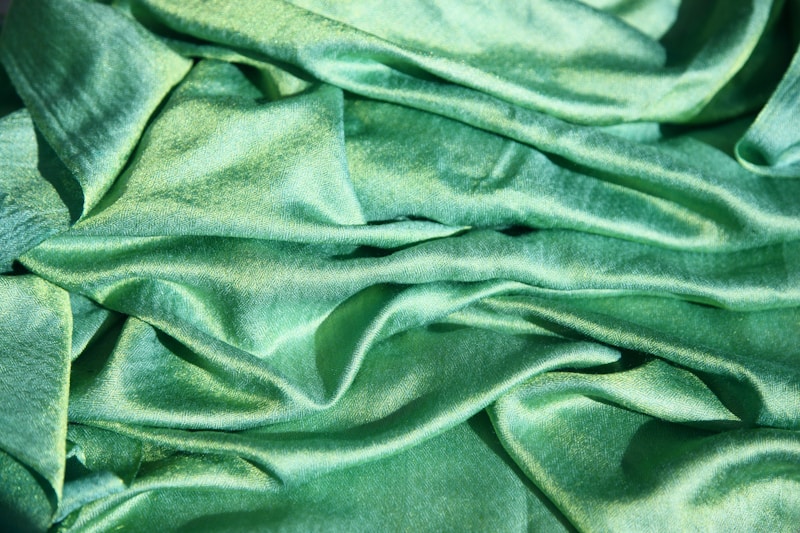Lace, Tulle, Satin: Weighing Your Wedding Fabric Options
Choosing the perfect fabric for your wedding attire is an essential step in planning your big day. With a variety of options available, it can be overwhelming to decide which fabric suits your vision best. Among the popular choices are lace, tulle, and satin. Each offers its own unique characteristics, advantages, and styles that can significantly impact the overall look and feel of your wedding gown. In this article, we will delve into the intricacies of each fabric, helping you make an informed decision for your special day.
Understanding Wedding Fabrics
When selecting a fabric for your wedding dress, consider factors such as texture, weight, draping qualities, and overall appearance. These details contribute to how the dress will flow and fit during your wedding celebration. Below are three primary fabrics to explore:
Lace
Lace is synonymous with romance and charm. Renowned for its delicate patterns and intricate designs, lace adds a timeless elegance to Wedding gowns. Often associated with vintage bridal styles, lace can be used as an overlay, accents, or even the primary material of a wedding dress. Here are some key features of lace:
- Texture: Lace offers a soft, delicate texture that can evoke feelings of sophistication.
- Draping: Lace is generally lightweight but can be layered for a more structured silhouette.
- Versatility: Available in various styles—Chantilly, Alençon, and Guipure—lacing options abound.
Tulle
Tulle is another popular choice among brides for its ethereal quality and lightness. This fine mesh fabric can create volume and structure while remaining airy and delicate. It is often used for skirts, veils, and overlays, providing a dreamy aesthetic. Key characteristics include:
- Weight: Tulle is very lightweight, allowing for a whimsical and fairy-tale look.
- Volume: The fabric has a natural ability to create volume, making it ideal for ball gowns or layered designs.
- Versatility: Tulle can be combined with other fabrics, such as satin or lace, to enhance the gown’s design.
Satin
Satin is synonymous with luxury and glamour. This smooth, glossy fabric reflects light beautifully, adding a sophisticated touch to any wedding gown. Satin can be used to create stunning silhouettes with its weighty drape and comes in various forms, including duchess satin and bridal satin. Here are some significant attributes:
- Finish: The glossy finish of satin elevates the elegance of Wedding dresses.
- Draping: Satin has a heavier weight, providing structure and a flattering fit.
- Comfort: Despite its luxurious appearance, satin can be quite comfortable to wear.
Comparing the Fabrics
To facilitate a comparison between lace, tulle, and satin, here's a concise table summarizing their features:
| Fabric | Texture | Weight | Draping | Common Uses |
| Lace | Delicate | Lightweight | Soft and flowy | Overlays, details, full gowns |
| Tulle | Mesh-like | Very lightweight | Airy and voluminous | Skirts, veils, layers |
| Satin | Smooth | Heavier | Structured | Full gowns, bodices |
Considerations for Choosing Your Wedding Fabric
When deciding between lace, tulle, and satin, consider the following aspects:
1. The Theme of Your Wedding
Your wedding theme greatly influences the style of your gown. For a vintage or rustic theme, lace may be the ideal choice. Conversely, if your wedding is a modern affair, satin could provide the sophisticated look you seek.
2. Weather Considerations
Always consider the weather on your wedding day. Lightweight fabrics, like lace and tulle, are ideal for warmer climates, while satin, being heavier, may be suited for cooler temperatures.
3. Venue Style
Consider the venue of your wedding. An outdoor garden ceremony may pair well with a flowy tulle dress, whereas a formal indoor venue may warrant a more structured satin gown.
4. Personal Comfort
Your comfort is paramount. Make sure to try on different fabrics and styles to see what feels right for you, allowing you to enjoy your special day without any discomfort.
Frequently Asked Questions
What is more bridal, lace or satin?
Lace is often considered more traditional and bridal due to its historical use in Wedding gowns, while satin is favored for its luxurious and elegant appearance.
Can I mix fabrics in my wedding dress?
Absolutely! Many brides opt to combine lace, tulle, and satin for a unique and multidimensional look.
Which fabric is best for plus-size brides?
Plus-size brides may find satin to be more flattering due to its ability to provide structure, but lace can also work beautifully if styled correctly.
Conclusion
Deciding between lace, tulle, and satin for your wedding gown is more than just a stylistic choice; it's about expressing your personality and ensuring your comfort on the most important day of your life. Each fabric offers its unique charm, and understanding their qualities can lead you to the perfect choice. Always consider your wedding theme, venue, and comfort when making your decision. No matter what fabric you choose, it's essential that you feel beautiful and confident as you walk down the aisle.
If you're still feeling unsure, consult with a bridal stylist. They can offer valuable insights and help you navigate your fabric options, ensuring your wedding dress is a true reflection of you.
